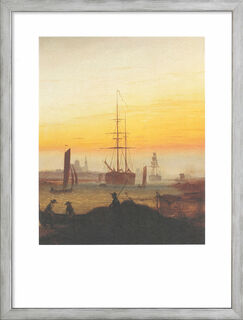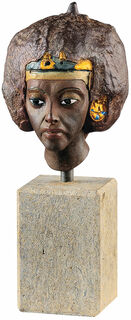The Staatliche Museen zu Berlin, with its many museums featuring a globally unique collection of art and cultural treasures from the entire history of humanity, falls under the auspices of the Stiftung Preußischer Kulturbesitz (Prussian Cultural Heritage Foundation). The collection includes European and non-European art, as well as archaeology and ethnology from a wide range of cultures and epochs.
The 15 collections in total, including the Gemäldegalerie, the Egyptian Museum, the National Gallery and the Museum of Prehistory and Early History, are spread across several houses. The foundation for the institutionalised form of Berlin's museum culture was laid in 1830 with the opening of the Royal Museum under King Frederick William III of Prussia. After the reunification of Germany, the collections that had been divided between East and West Germany were reunited under the umbrella of the Prussian Cultural Heritage Foundation and traditional museums such as the National Gallery, the Bode Museum, and the Neues Museum. After extensive restoration work, the museums were reopened. Today, the Staatliche Museen zu Berlin attract over four million visitors annually.
The originals of the artworks shown here are on display at the Staatliche Museen zu Berlin.






























